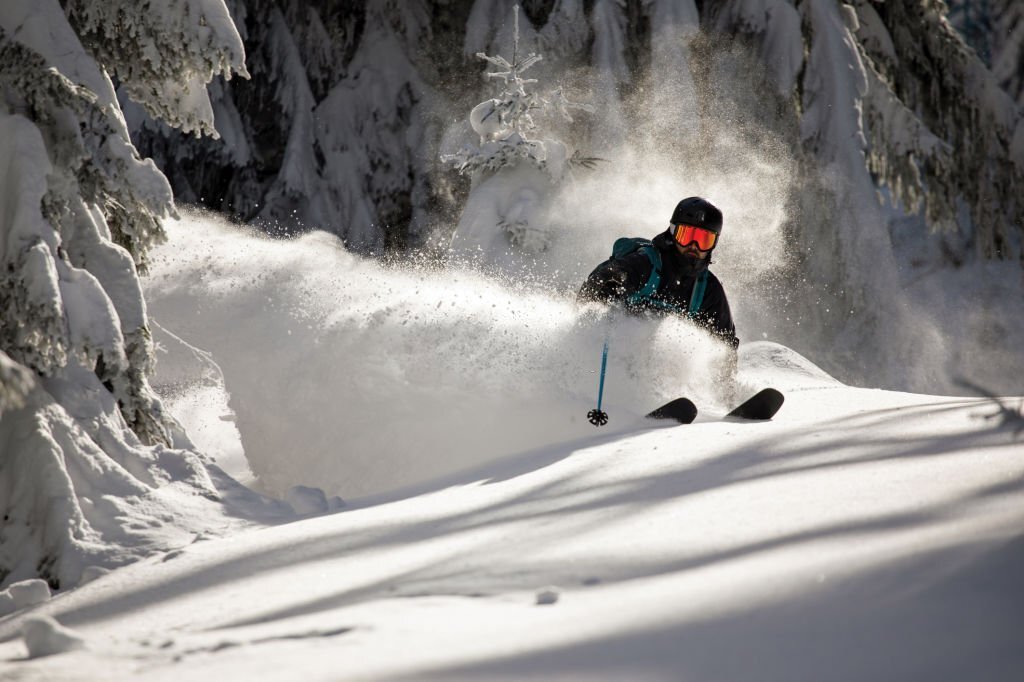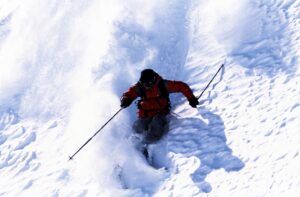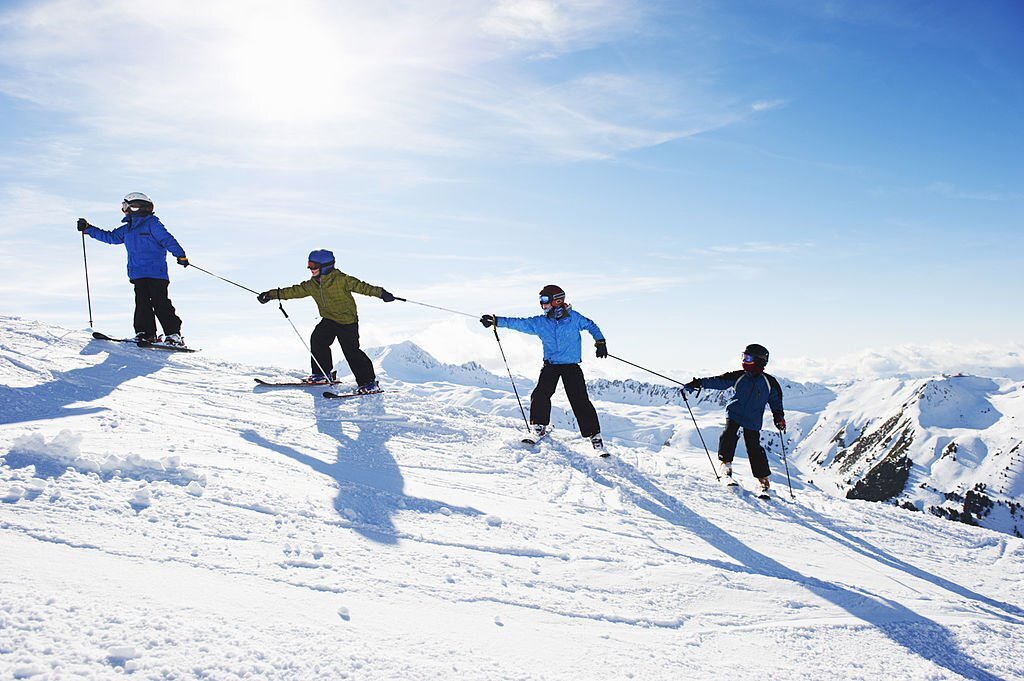Off-piste skiing, also known as backcountry skiing, refers to skiing that is outside of the marked and groomed trails in a ski resort. It involves skiing in uncontrolled or unmarked terrain, which can be challenging and unpredictable. Off-piste skiing can be an exhilarating and rewarding experience, but it also carries a higher risk of injury or death than regular skiing that’s done in the controlled confines of a ski resort. Learn all about the basics of off-piste skiing, including the equipment needed, the risks involved, and some tips for staying safe.

Making Sure You Have the Right Equipment
 Off-piste skiing requires specialized equipment, including skis, boots, bindings, and more. Skis used for off-piste skiing are wider and more stable than those used on groomed trails, allowing skiers to navigate through deep snow and varied terrain. Your next most important piece of equipment is your boots.
Off-piste skiing requires specialized equipment, including skis, boots, bindings, and more. Skis used for off-piste skiing are wider and more stable than those used on groomed trails, allowing skiers to navigate through deep snow and varied terrain. Your next most important piece of equipment is your boots.
Boots used for off-piste skiing are stiffer and provide more support than those used on groomed trails. You want to make sure that you’re buying the right boots for this type of skiing because you will most likely be far away from civilization, so you want to minimize any risk of being injured or getting your feet wet with improper boots.
Bindings for off-piste skiing must be able to release in case of a fall or avalanche, while also providing adequate support and control, and finally, Skins, which are adhesive strips applied to the bottom of the skis, allow skiers to climb uphill by preventing the skis from slipping backward. While on off-piste skiing, chances are high that the ground you’re skiing on is uneven. There will be times when you have to climb up or down and slipping is likely to cause injury, that’s why it is always important to equip yourself with the right equipment.
Risks You Should Know
 Off-piste skiing carries higher risks than skiing within the confines of a ski resort. The terrain is often unmarked and uncontrolled, and skiers may encounter hazards such as cliffs, crevasses, and avalanches. Snow conditions can also vary widely, with the potential for deep powder, crusty snow, or icy patches, making it even harder to foresee the path ahead.
Off-piste skiing carries higher risks than skiing within the confines of a ski resort. The terrain is often unmarked and uncontrolled, and skiers may encounter hazards such as cliffs, crevasses, and avalanches. Snow conditions can also vary widely, with the potential for deep powder, crusty snow, or icy patches, making it even harder to foresee the path ahead.
Skiers who are new to the area are often may also become lost or disoriented due to the unfamiliar terrain. It is crucial to understand the risks involved and to take appropriate precautions, including carrying proper safety equipment such as an avalanche transceiver, probe, and shovel. It’s also important that you let people know where you’re going trekking so that they can help to alert the authorities if you don’t return within a specified time frame.
Prioritize These Safety Tips

Off-piste skiing can be a safe and enjoyable experience if you take the necessary precautions. Here are some tips for staying safe:
Get yourself educated: Take a course on avalanche safety and rescue, and familiarize yourself with the risks involved in off-piste skiing. If you’re going off on your first trip, try to avoid going alone even if you are an experienced skier.
Check weather and avalanche reports: Stay up to date on weather and snow conditions in the area, and check avalanche reports before heading out. The weather can be very unpredictable in certain areas and mountains where things can change very quickly. Having the latest information should help you decide if it’s safe enough to go venturing.
Know your limits: Yes, off-piste skiing can be exhilarating especially when it’s just you and the beautiful outdoors but it’s also important to know your limits. Only ski in terrain that is within your ability level and be willing to turn back if conditions are too challenging. There’s no shame in coming back to the trail later when conditions have improved!
Off-piste skiing can be a wonderful way to experience: The natural beauty of the mountains and challenge yourself as a skier. However, it’s important to remember that this type of skiing is not without risk. Always take the necessary precautions and be prepared for the unexpected. With the right equipment, knowledge, and mindset, you can enjoy the freedom and excitement of skiing off-piste while staying safe and having fun.
Plan your route: Before heading out, plan your route carefully and make sure you know where you’re going. Familiarize yourself with the terrain, potential hazards, and escape routes in case of an emergency as much as you can. While you’re out on the trail always be aware of your surroundings as ever-changing weather conditions can drastically alter the path. Keep an eye out for potential hazards, such as rocks, trees, or unstable snow, and be prepared to react quickly if necessary.
Stay hydrated and keep your energy levels up: Skiing off-piste can be physically demanding, so be sure to stay hydrated and have some backup snacks to keep your energy levels up throughout the day. Also, pace yourself and take breaks when necessary.
Dress appropriately: Off-piste skiing can take place in extreme weather conditions, so be sure to dress appropriately. Wear layers that can be easily added or removed as needed, and make sure your outerwear is waterproof and windproof.
Off-piste skiing can be a thrilling and rewarding experience for experienced skiers. However, it is crucial to understand the risks involved and take appropriate precautions. With the right equipment, knowledge, and safety measures, off-piste skiing can be a safe and enjoyable way to explore the backcountry.

 About the author
About the author